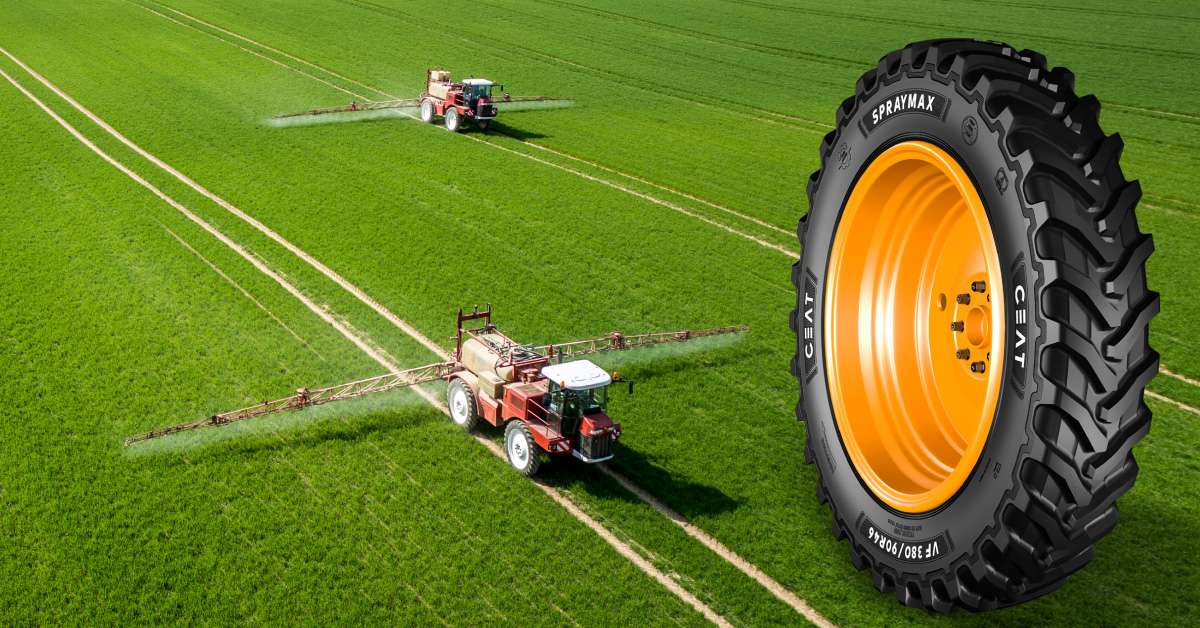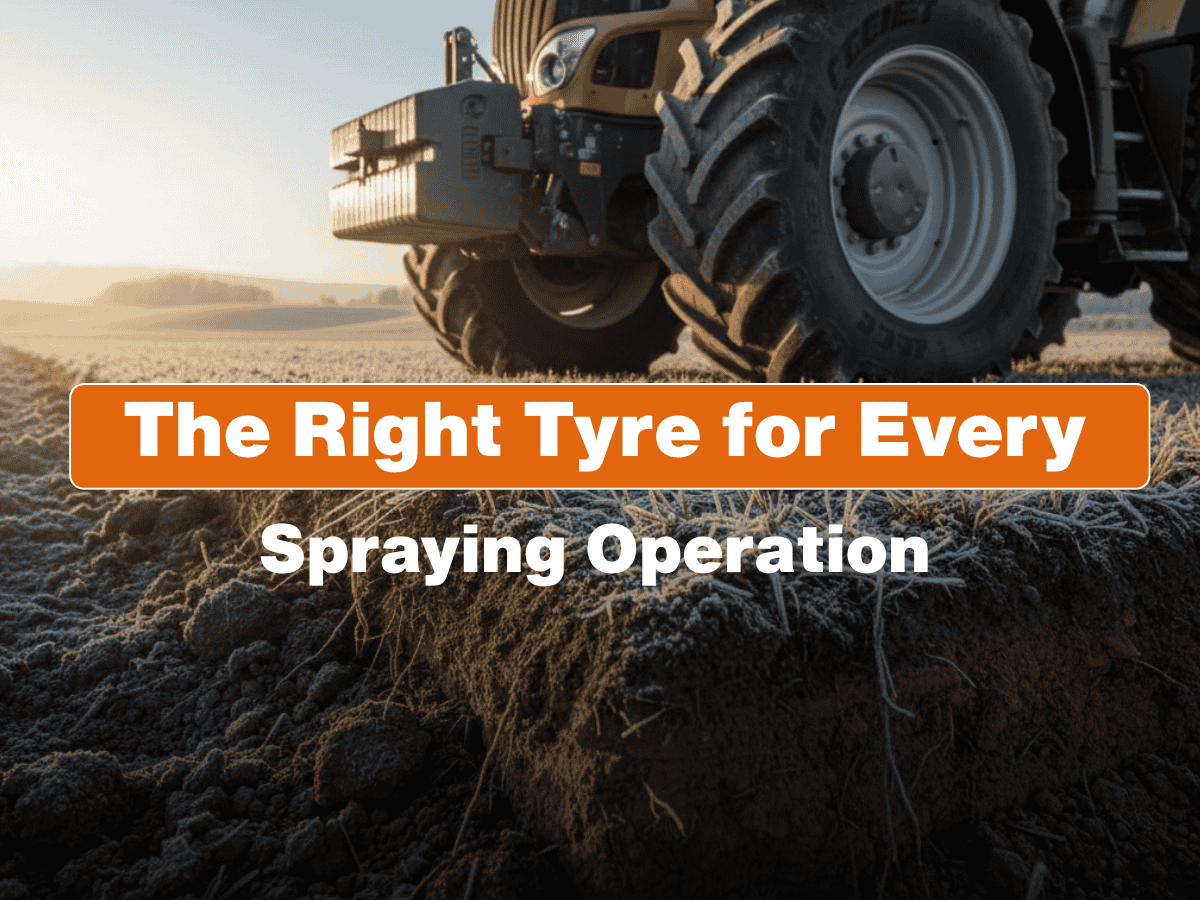ceat-speciality:blogs-tags/all,ceat-speciality:blogs-tags/technology
Do Bioengineering and IoT Integration Enhance Agricultural Production?
Wed, 23 Aug 2023 | PRODUCTS
The quest for sustainable and efficient agricultural production has never been more critical in a world with a growing population and increasingly unpredictable environmental conditions. Enter the dynamic duo of Bioengineering and Internet of Things (IoT) integration – an innovation that is poised to redefine the landscape of modern farming. Join us as we explore the exciting realm where science, technology, and agriculture converge, illuminating the path toward enhanced productivity and a greener future.
Bioengineering: Cultivating Tomorrow’s Crops
Bioengineering, the marriage of biology and engineering, has given rise to a new era of crop cultivation. Using genetic engineering and biotechnology, researchers can modify plants, enhancing their characteristics such as resilience to drought, immunity against diseases, and elevated nutrient levels. This breakthrough innovation promises higher yields and reduces the need for chemical interventions, promoting eco-friendly and sustainable farming practices.
Imagine crops that can withstand prolonged droughts, ensuring a stable food supply in regions prone to water scarcity. Visualize nutrient-rich produce that addresses malnutrition on a global scale. Bioengineering empowers us to reimagine the potential of agriculture, transcending natural limitations to meet the demands of a growing world.
IoT Integration: The Intelligent Farm of Tomorrow
Enter the Internet of Things, a network of interconnected devices communicating and collaborating seamlessly. In agriculture, IoT integration involves deploying sensors, drones, and data analytics to monitor and manage crops with unprecedented precision. From soil moisture levels and pest infestations to crop health and weather patterns, IoT-driven insights empower farmers to make informed decisions in real time.
Consider a scenario where sensors detect a slight drop in soil moisture. Instantaneously, an alert is sent to the farmer’s smartphone, enabling swift irrigation adjustments. Drones equipped with multispectral cameras identify areas of stress within a crop, allowing for targeted interventions. IoT optimizes resource usage and minimizes waste, creating an agile and responsive farming ecosystem.
The Symbiotic Relationship: Unleashing Agricultural Potential
The true magic happens when bioengineering and IoT integration converge. Picture a scenario where bioengineered crops interact harmoniously with IoT-driven precision agriculture. Drought-resistant plants receive tailored irrigation based on real-time moisture data. Disease-resistant crops are safeguarded by drones patrolling the fields, promptly identifying and addressing threats. The result? Enhanced yields, minimized environmental impact, and a resilient food supply chain.
Closing Thoughts: Nurturing a Greener Tomorrow
Positioned at the junction of innovation and agriculture, the symbiotic cooperation between bioengineering and IoT integration guides us toward a future in which the spectre of food scarcity recedes into oblivion. By harnessing the power of science and technology, we can cultivate crops that defy nature’s constraints and deploy intelligent systems that empower farmers to thrive in an ever-changing world.
At CEAT Specialty, we remain committed to fostering this agricultural revolution. We aim to usher in a new era of agricultural prosperity through tireless research, groundbreaking technologies, and unwavering support for sustainable farming practices. Join us in championing this transformative journey as we cultivate a greener, more abundant tomorrow.
Disclaimer: This blog post is intended for informational purposes only and does not constitute professional advice. The views and opinions expressed in this blog are those of the author and do not necessarily reflect the official policy or position of CEAT Specialty.






















